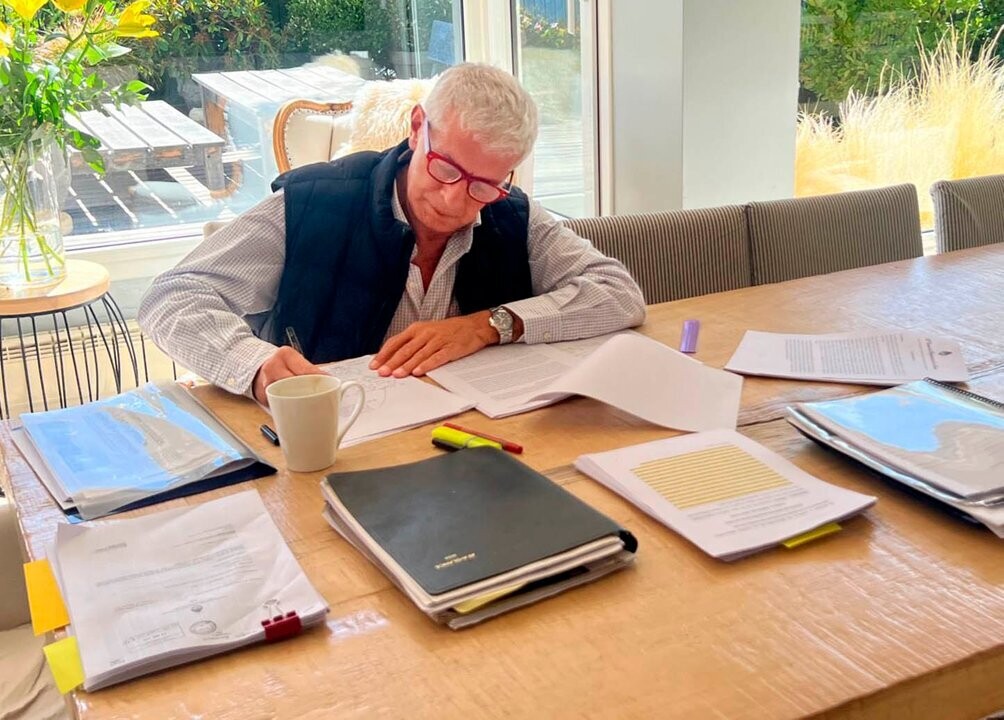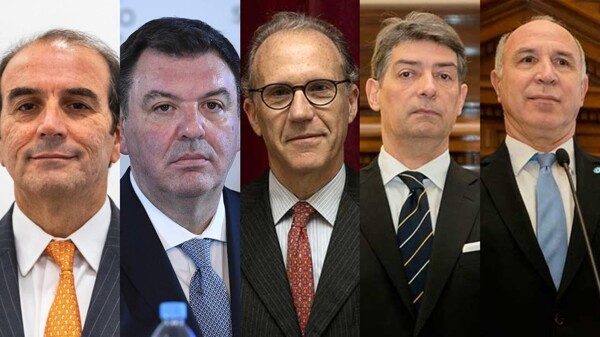
In 1892, Carlos Pellegrini applied the appointment in commission to designate Benjamín Paz as a Supreme Court judge. Miguel Juárez Celman did the same in 1889 by appointing Luis V. Varela as a Supreme Court judge in commission. José Figueroa Alcorta also practiced this in 1910 by appointing Dámason Palacio as a Supreme Court judge in commission.
Justice Minister Mariano Cúneo Libarona defended President Javier Milei's decision to proceed with the appointing of judges Ariel Lijo and Manuel García Mansilla by decree, after criticism from the opposition. In response to the questioning from Coalition Civic deputy Graciela Ocaña, Cúneo Libarona argued that the commission appointment is a constitutional tool used by various presidents throughout history, including Raúl Alfonsín and Mauricio Macri.
In response to Ocaña, the minister expressed through his account that the constitutionality of appointing judges in commission is unquestionable and provided examples, including Supreme Court Ruling 313:1232. Cúneo Libarona emphasized that Milei's decision is legally supported and compared this practice with that used in the United States.
Deputy Ocaña criticized the president's decision, arguing that appointing judges by decree affects the institutional integrity of the country and goes against judicial independence. In contrast, Mauricio Macri appointed Horacio Rosatti and Carlos Rosenkrantz as Supreme Court judges in commission in 2015, who currently preside over the court. Raúl Alfonsín appointed members of different chambers and federal judges in commission in 1984, demonstrating that this measure has been used by several political leaders throughout history.














